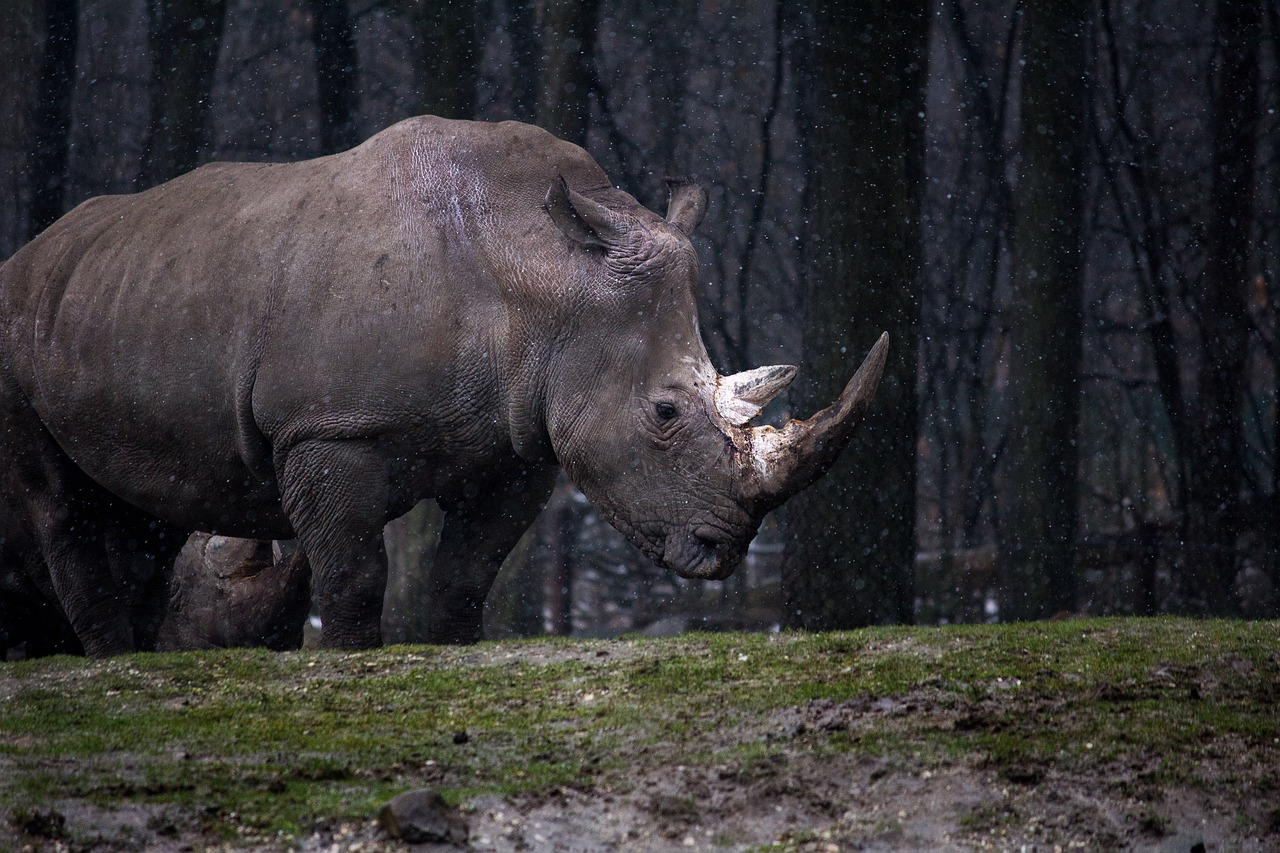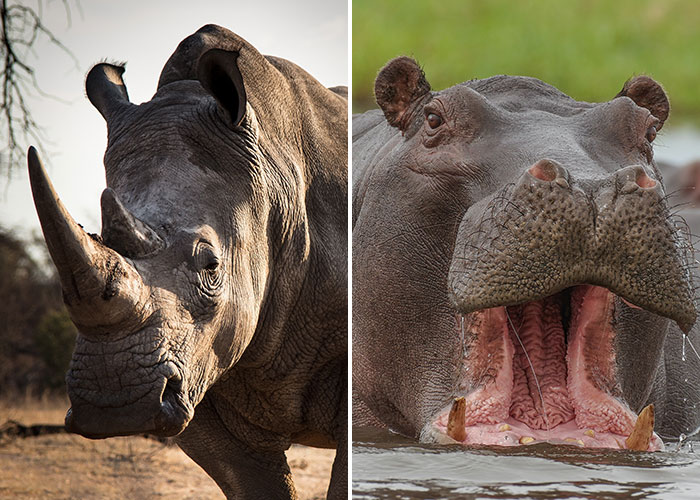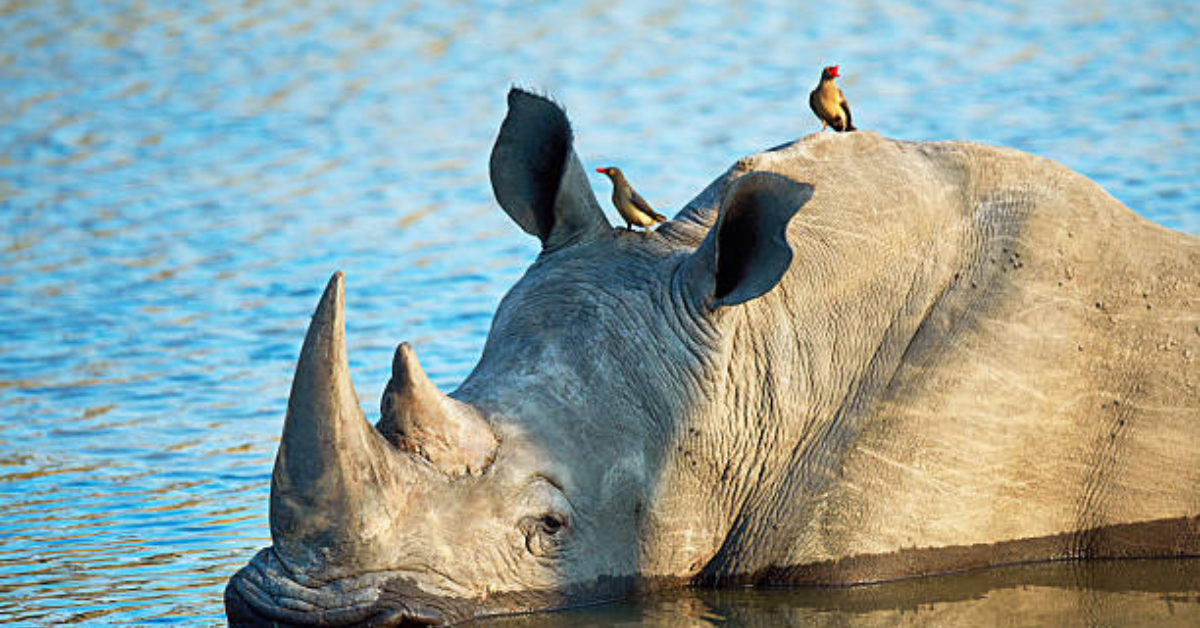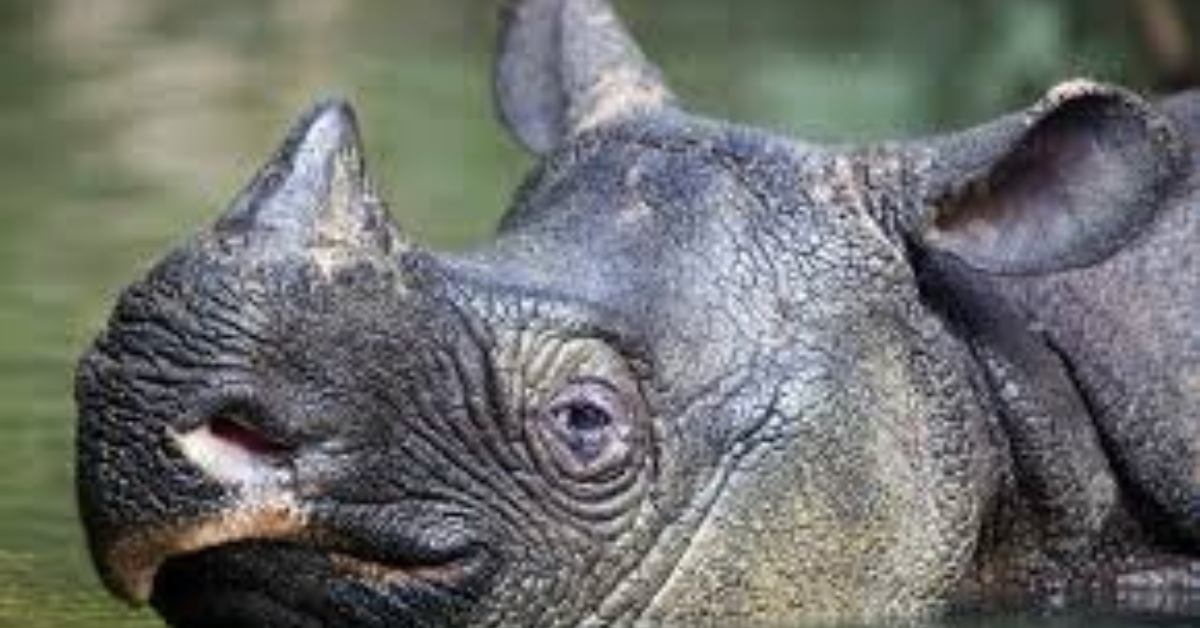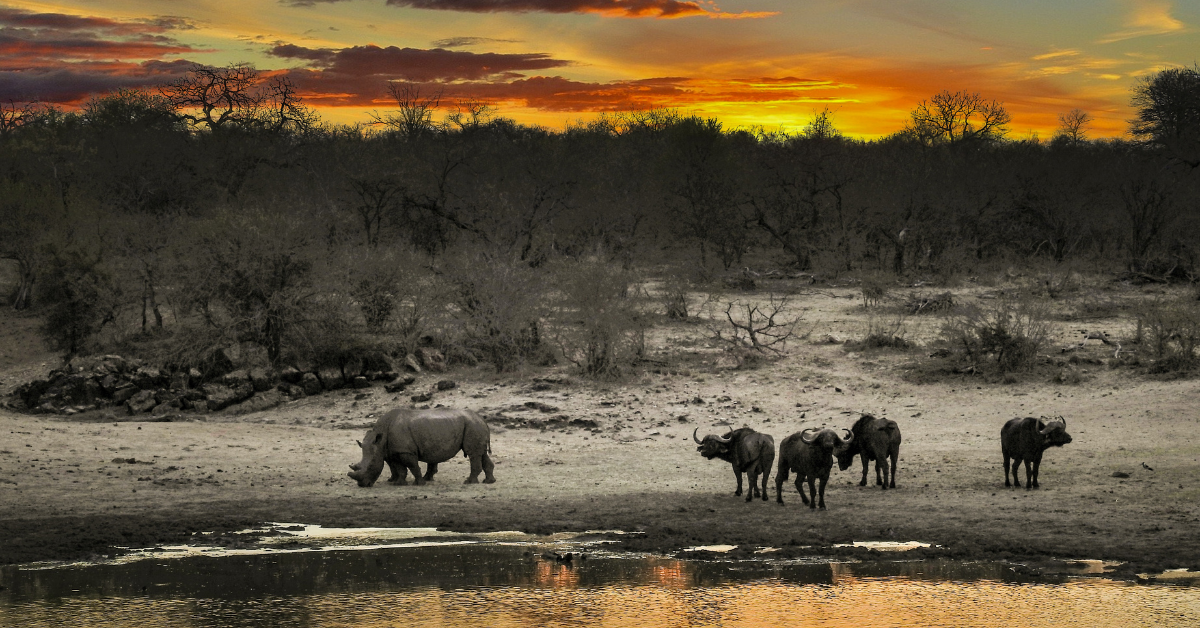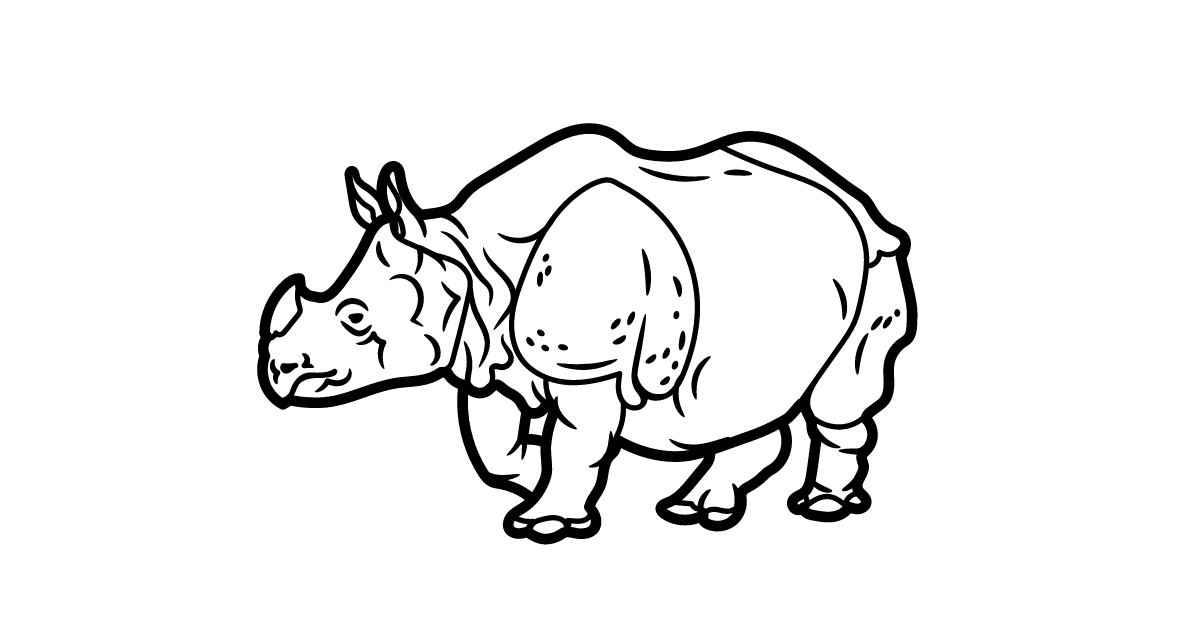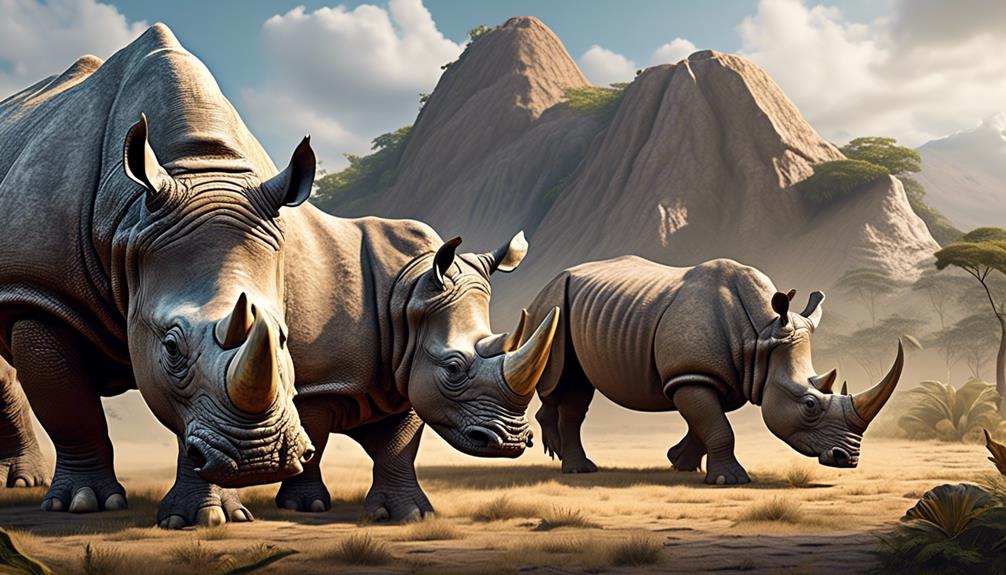
Are you ready to embark on a journey through time and explore the enigmatic world of rhinos and dinosaurs? Prepare to unearth the truth behind the captivating question: ‘Are Rhinos Dinosaurs?’ While the answer may not be as straightforward as you think, we will unravel the mysteries, uncovering fascinating similarities and intriguing differences between these awe-inspiring creatures.

